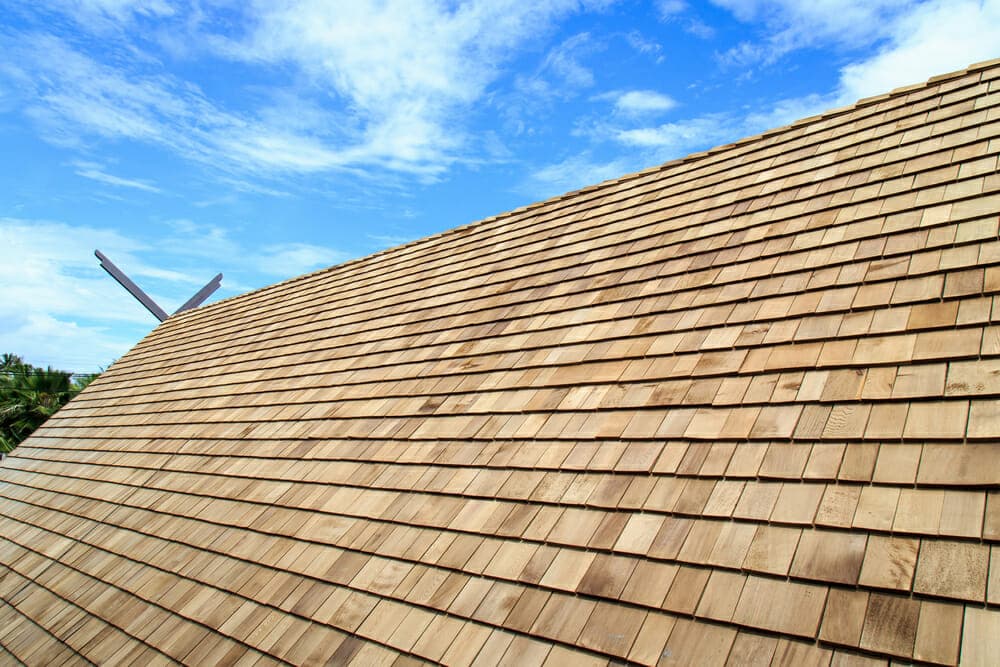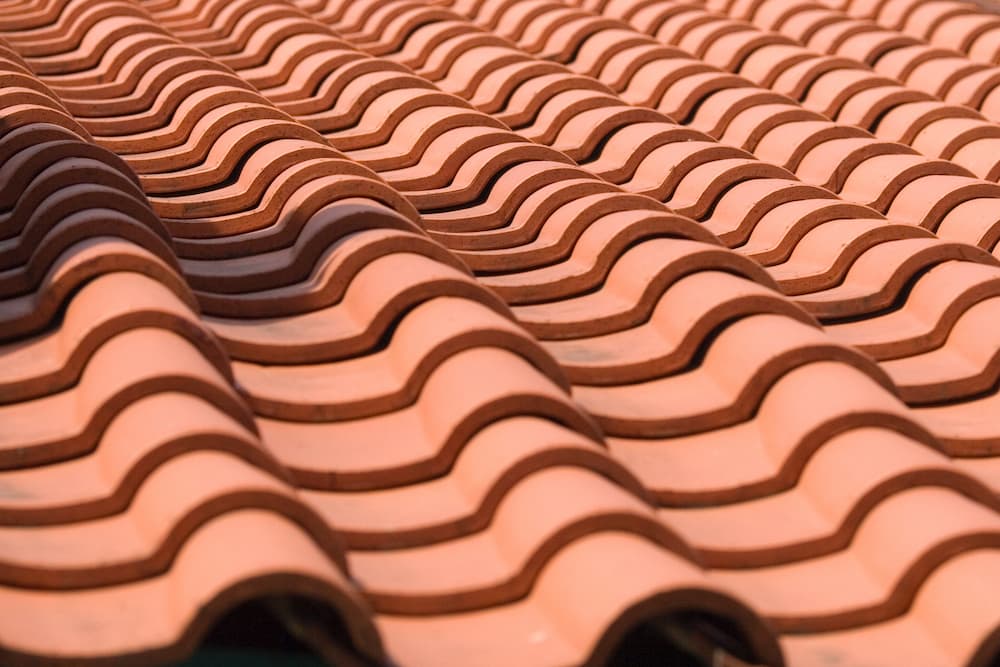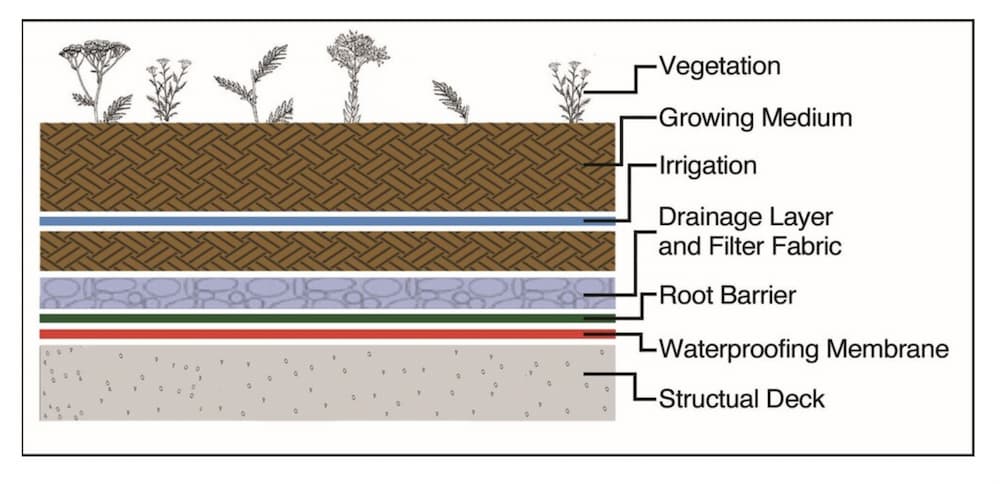Sustainable Roof Materials Making a Difference
Sustainability is quickly becoming more present in all sectors of construction, style, cars, and food. With our dwindling amount of natural resources, switching to sustainable and eco-friendly options sounds better by the year. And yes-this applies to roofing, too. The majority of sustainable roof materials work to cool your home from the top-down, reducing energy costs by lowering your energy needs. This is great news for your wallet and the climate.

What is ‘sustainable’ in the roofing world
The general consensus regarding sustainability is that material comes from a renewable source. Sourcing the material shouldn’t harm the environment in any way. This includes the design, construction and maintenance of the roof are all done in a way to protect the environment.
In roofing, sustainability looks a bit different. You’ll still want to use sustainable materials, but the arch of sustainability stretches further. Consider the lifespan of your roof and how it will be disposed of.
- Is it recyclable?
- Is it coated with chemicals unfit for the environment?
- Will I need to replace it every ten years?
All aspects affect how sustainable your roof can actually be. In truth, many ‘green’ roofing options aren’t as sustainable as we’d like them to be. Most manufacturing processes use fossil fuels and mined materials to the point of unavoidability. But every effort toward sustainability is a good one-and choosing the most sustainable roof materials can be the start of those efforts.
Wood Slates or Shingles
Wood is the only true sustainable roofing material, through and through. Wood earns this title for being a replenishable material, and it’s biodegradable. This only applies to manufacturers who operate sustainably, replanting and replenishing as they go.
Working with a local logger only sweetens the deal.

The wooden shingles themselves, or the thicker slates, aren’t as impressive when you consider durability. This is especially true if you live in a wetter climate. Dry areas make great environments for wooden roofs, as they’ll be less likely to rot and curl. And once they wear out, after 15 years or so, each shingle can return its nutrients to the earth (if not chemically treated).
Clay Tiles
Clay roofs have proved popular in every century of roof building. The plentiful amount of available clay allows manufacturers to deem the material sustainable. And once created, the clay tiles are fired and cured without adding any harsh chemicals.

Finishes and glazes can be added, but without these additives, clay tiles are a great eco-conscious choice. They also offer cooling properties for the home, especially if they are lighter in colour and permit airflow beneath the tiles.
Roofs made from clay are impressively durable. As a downside, the material is heavy and may require additional reinforcements in your home’s framing.
Metal Roofing
From a technical standpoint, metal roofs aren’t sustainable. They take materials that cannot be replenished, like aluminum and zinc. But, they are one of the few completely recyclable roofing materials.
Standing-seam metal roofs are an aesthetically pleasing way to ensure your roof has more than one life. They do require additional insulation and soundproofing to prevent heat exchange and noise when it rains. With that completed, though, you’ll get a long-lasting roof without the downsides of chemical treatments or decay.
Green Roofs
In this case, the green part is literal. Green roofs are made from grass, moss, and other plants. Soil covers a waterproof layer of plastic to reach your desired thickness. Homeowners wanting more vegetation need more soil, potentially requiring framing reinforcements to brace the weight.

Green roofs are exceptional water-absorbers and air-filterers. They also absorb heat, especially in urban areas. The density and weight of green roofs also help with insulation, giving you lower energy costs.
This option does require a non-renewable source: the plastic waterproofing sheet.
Green roofs can also be expensive to install and maintain.

Recycled Shingles
As you’d expect, recycled shingles are a great way to incorporate sustainability and waste reduction. These shingles are either made from old asphalt shingles or from other recycled materials, like wood, plastic, and rubber.
The cornucopia of materials reformed into one makes these shingles durable and relatively cheap, especially compared to other sustainable options.
Though the source of recycled shingles can’t usually be considered sustainable roof materials, however, you are still using waste products and giving them a new purpose. Trash stays out of the dump, and you get a new roof.

